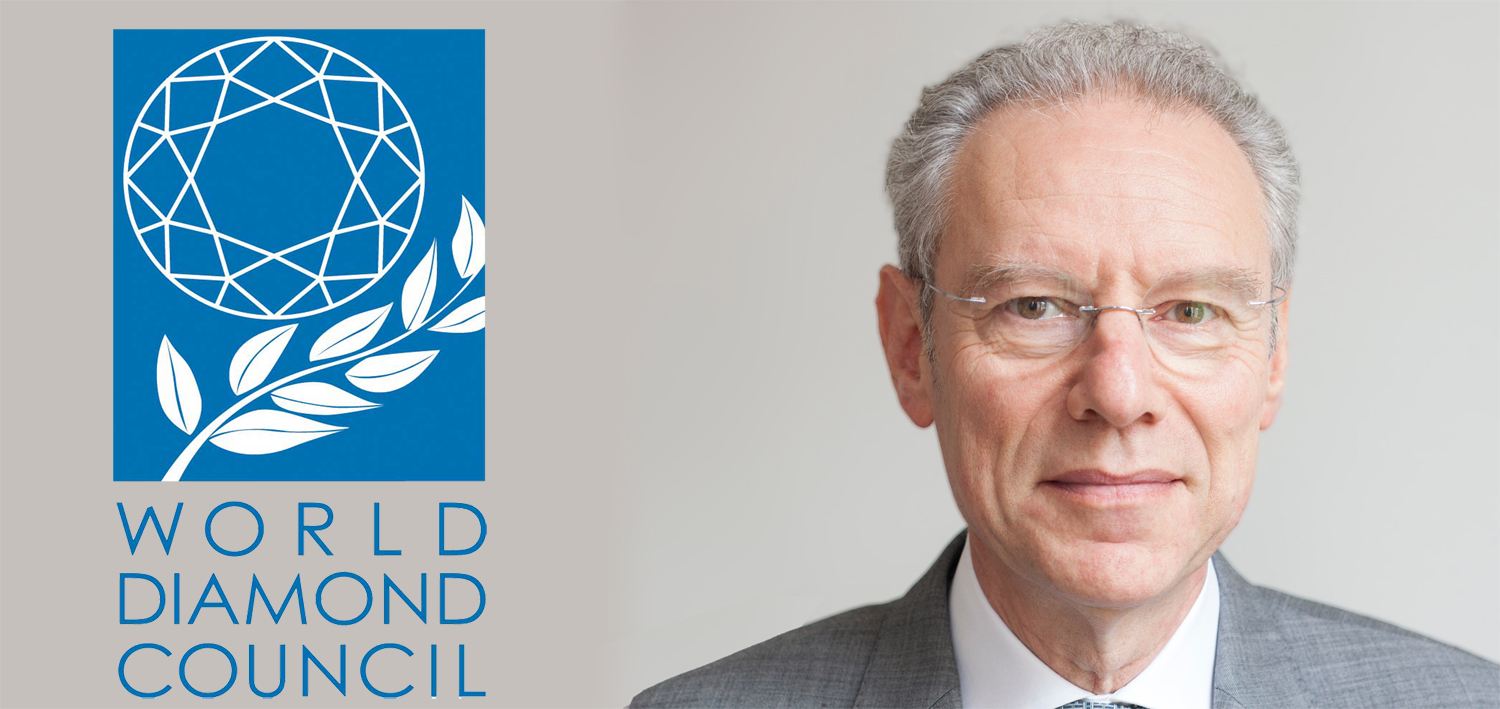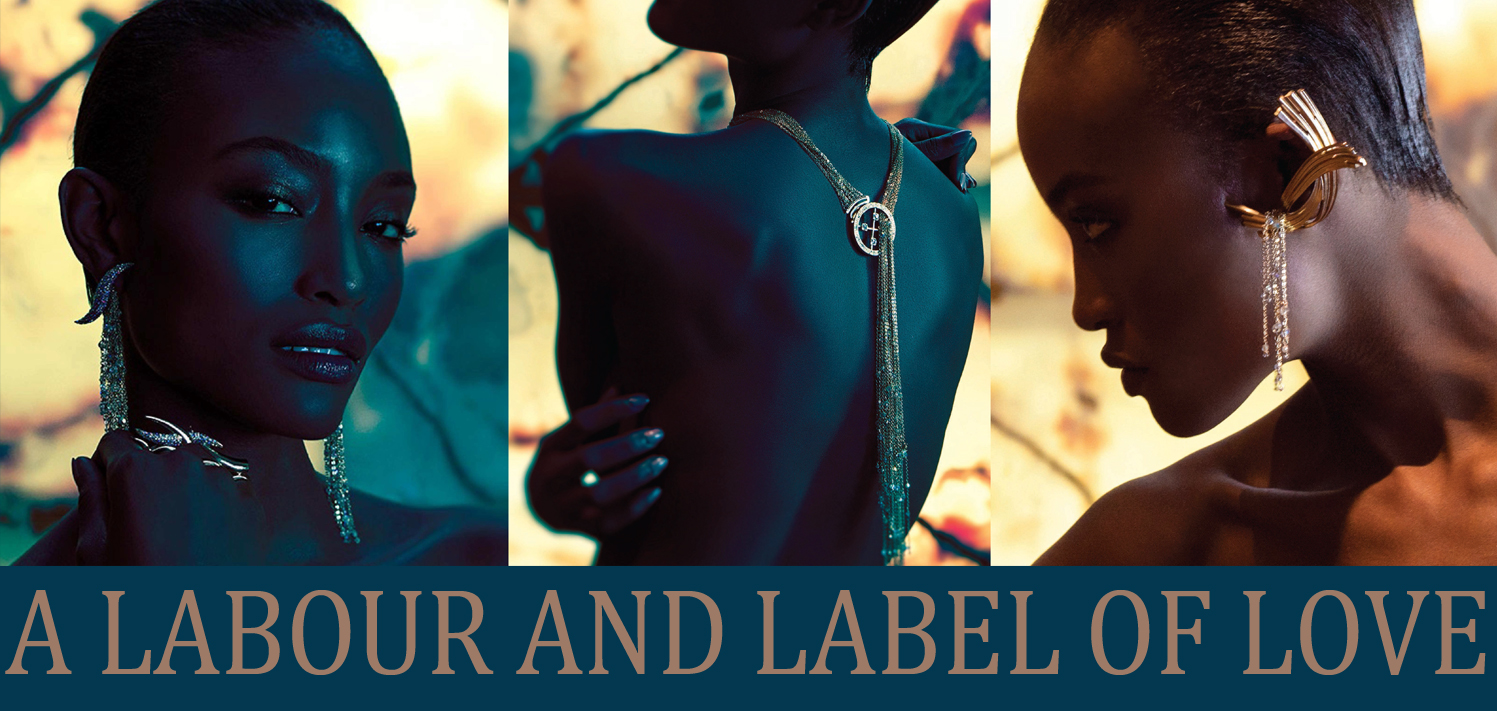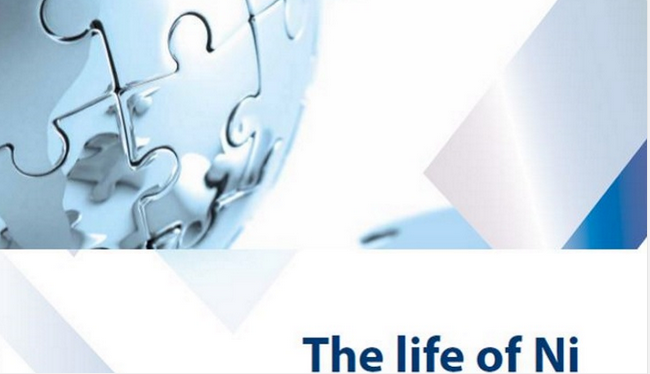‘WE AS AN INDUSTRY SHOULD PROVIDE MORE GUARANTEES TO THE FINAL CONSUMER’
The perspective of the President of the World Diamond Council
Stéphane Fischler, the president of the World Diamond Council (WDC), is a third-generation diamantaire from Antwerp, Belgium, who began working in his family-owned company in 1979. He has a long history of public service in the diamond and jewellery industries.
He was among the founders of the WDC in 2000, serving as member of its steering committee until 2008, including a term as vice president starting in 2006. In 2012 he was invited to re-join the reconstituted WDC, and was elected its vice president in September 2016. In June of this year, he took over the presidency of the World Diamond Council. His mandate will end in May 2020.
Mr. Fischler also is chairman of the Antwerp World Diamond Centre (AWDC), the primary umbrella organisation representing Belgian diamond sector, having first been elected to the post in June 2012, and re-elected for two-year terms in 2014 and again in 2016.
In 2008, he was elected chairman of the International Diamond Council (IDC), a diamond grading and nomenclature body affiliated to the World Federation of Diamond Bourses (WFDB) and the International Diamond Manufacturers Association (IDMA). He resigned he position in 2015 and was asked to remain on as IDC vice president.
Mr. Fischler is currently vice president of SBD, the Belgian diamond manufacturers’ association; treasurer of IDMA; and a member of the Board of the Responsible Jewellery Council (RJC). He has been member of the board of the Diamond Development Initiative (DDI) since 2006 and was it elected vice president in 2012.
Earlier this year, Mr. Fischler played a key role in the creation of the CIBJO European Jewellery Guild, which was formally established in Vicenza in September.
Mr. Fischler spoke to VOICES OF CIBJO on a wide range of topics, including the Kimberley Process and World Diamond Council, the integrity of the supply chain in the diamond and jewellery sector, cooperation between CIBJO and IDC, and the future role of the CIBJO European Jewellery Guild.
The World Diamond Council was established to represent the industry in the campaign to eliminate the trade in conflict diamonds. According to the accepted definition of conflict diamonds, does such a trade currently exist, and are there regions where the potential for such a trade remain high?
STÉPHANE FISCHLER: The KP was created to address a very specific issue. It was designed to create a platform or mechanism to stop the funding of conflict and violence by rebel groups against legitimate governments from being fuelled by diamonds. Today, 99 percent of all diamonds in the trade come from a conflict-free source.
However, the importance of the KP and the WDC remains crucial when it comes down to the future of the product we represent, as there are still areas where diamond mining may take place that suddenly becomes involved in armed conflict. There will always be new challenges, and we stand ready to address them.
How relevant is the current definition of conflict diamonds, and, if it is lacking, how may it be improved?
STÉPHANE FISCHLER: The idea of the KP has always been very narrow: to create a platform or mechanism to stop conflicts fuelled by diamonds. The mission has been completely accomplished.
The WDC has taken a very clear position, expressed in Vicenza in 2012, supporting a broadening of the scope of the certification scheme, focused on preventing the escalation of violence in mining areas. At the same time, we need to talk more inside the industry about how to provide confidence in all spheres—providing adequate protection to all stakeholders and in particular the most vulnerable.
We as an industry should provide more guarantees to the final consumer. That is our responsibility.
The Kimberley Process has in the past struggled to find consensus on a number of issues, including the definition of conflict diamonds. In its current structure, do you feel that it is able to resolve contentious matters. If not, how may this be remedied?
STÉPHANE FISCHLER: As the KP is comprised of representatives from 81 governments, 40-plus industry groups and many non-government organizations (NGOs) and associations, of course consensus building among such a diverse group is more complex than with other smaller and simpler organisations. The KP is no different than any other international process, where a very large amount of countries is involved, each with its own specificity and interest, and where politics do play a major role.
Factoring in these complexities, the KP has created a set of processes and protocols that help overcome these challenges such as review visits and the peer review mechanism. Though there is always room to improve the efficiency of conflict resolution and decision making within the KP, we have seen important progress using our processes, for example bringing back Ivory Coast after its exclusion within the process.
Having said that, the KP has been so far comparatively very successful. I hope that an inclusive and respectfully managed process can achieve further progress.
The Kimberley Process Certification Scheme is essentially government run and monitored, while more contemporary responsible sourcing systems, like Dodd Frank in the United States and the more recent conflict minerals regulation in Europe shift the responsibility to companies, often applying the OECD due diligence guidance. Do you think the pendulum has moved, and how may this affect what is expected from the diamond industry?
STÉPHANE FISCHLER: Ensuring that conflict stones remain out of the global diamond supply chain is a responsibility that is shared by all parties, not just governments. It starts at the beginning with those that focus on mining and discovery, through groups that handle rough and polished, and extends through manufacturing and retail right to the end consumer. The main task of the diamond market is to show that it is able to self-regulate, as is the case with the WDC System of Warranties, and ensure the integrity of entire sales chain.
In terms of the way in which its chain of supply is monitored, should the diamond sector be treated differently to other sectors in the greater jewellery industry? If so, why?
STÉPHANE FISCHLER: I believe the diamond industry has been at the vanguard of these issues well before precious metals and other gems.
We are happy to note the impressive efforts made especially by the precious metal industry.
The World Diamond Council’s statutes definitely describe its area of interest as conflict diamonds and matters related to the Kimberley Process. How do you see the World Diamond Council as evolving, and where does it take its place among the other representative organisations active in the gemstone and jewellery industry?
STÉPHANE FISCHLER: Indeed, the mandate of the World Diamond Council is focused on the rough diamond supply. As well as having created the System of Warranties to complement the KPCS, the WDC provides the only platform for members to discuss important issues pertaining to conflict diamonds and the KP, as we represent the entire diamond pipeline through our association.
The WDC allows the international diamond industry to have a single, united voice that is representative of the entire diamond supply chain, from mine to retail.
In practice, the WDC is actively involved in the work of the KP, providing the functioning of the KP Administrative Support Mechanism, for example. It is involved in the daily work of all KP Working Groups, among other things participating in review visits and missions to KP participating countries, providing technical expertise to the monitoring teams as needed, and chairing the KP’s Working Group of Diamond Experts-WGDE.
In one sentence, our role is to ensure that the end product, manufactured out of the raw material and set in jewellery, is untainted.
What is the role played by the representative organisations within the World Diamond Council, and, given the fact that each represents many companies, should they have a status that is different from those WDC members that are individual companies?
STÉPHANE FISCHLER: The WDC is indeed the only representative industry organization representing the whole of the diamond value chain. Continuous dialogue with all industry stakeholders is key to the WDC. We talk and listen to our members, whether they represent many companies on individual companies.
Since last year the WDC has been developing an active communications strategy in order to better inform the industry and our members, and make clear what the KP and the WDC are doing to support diamond mining countries and their populations and keep the supply chain conflict free.
The role of representative organizations, member of the WDC, is to ensure proper education and support within its very vast membership for the industry self-regulatory mechanisms.
There has been concern expressed in the industry that cumbersome and sometimes expensive due diligence compliance systems may have the effect of pushing some of the smaller players out of the business, because they lack the necessary financial means and personnel. Is such concern justified and how does once prevent such a situation?
STÉPHANE FISCHLER: We are very much aware of this concern. Consumer interest in the origin of diamonds grows. This is largely due to the new information environment in which we live. An important challenge for the diamond market is to show that it is able to self-regulate and ensure the entire sales chain. The industry is very much focused on ensuring ethical practices from mine to retail.
I believe the self-regulation in place throughout the industry is not burdensome and constitute an impediment to growth. It is our common responsibility to provide adequate support to those experiencing difficulties in understanding or implementing to proposed processes.
You played an active role in the establishment of the CIBJO European Jewellery Guild, which was established earlier this month to provide a united voice for members of the industry in Europe. What do feel that a body of this type will be able to achieve?
STÉPHANE FISCHLER: It is an idea that, together with Benadette Pinet-Cuoq, Gaetano Cavalieri and Charles Chaussepied, we took to fruition. It has been long overdue and I believe will contribute to streamline and benefit the European industry’s effort in achieving a constructive dialogue with the European Union, and enhancing European value addition.
At the upcoming CIBJO Congress in Bangkok, there will once again discussion about the CIBJO Blue Book relative to the International Diamond Council’s grading system. As a past IDC chairman, how do you view this relationship?
STÉPHANE FISCHLER: I can definitely say, and it is my personal opinion that we are now at a point where the two major nomenclature organisations must be focused on building a unified foundation for the benefit of our industry.









































